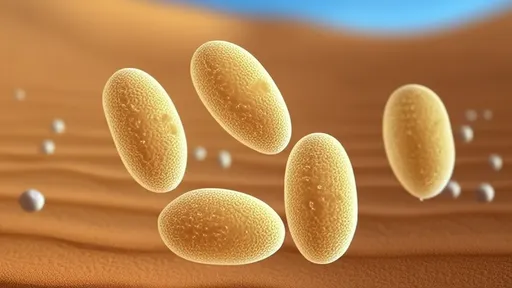
By / Aug 21, 2025

By / Jul 28, 2025
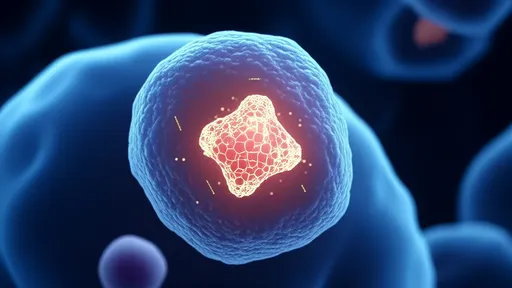
By / Aug 5, 2025
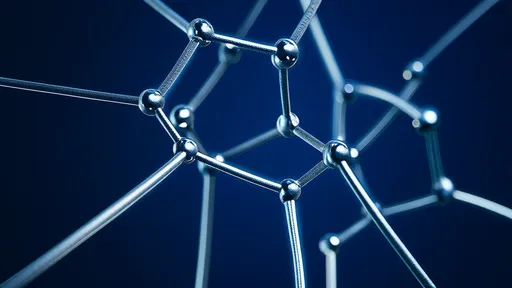
By / Jul 28, 2025
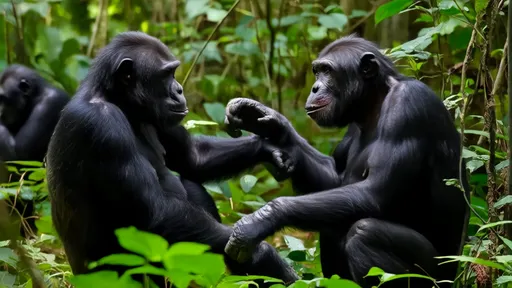
By / Aug 21, 2025

By / Jul 28, 2025
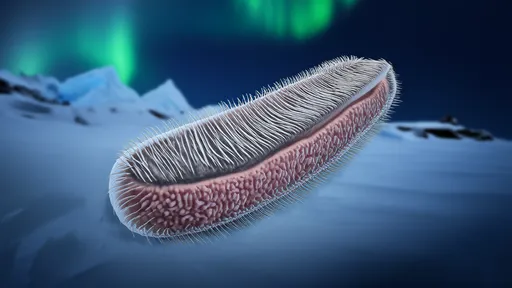
By / Aug 21, 2025
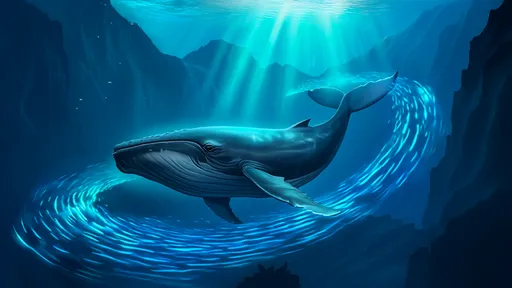
By / Aug 21, 2025
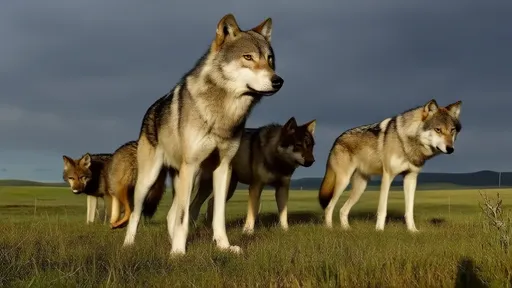
By / Aug 21, 2025
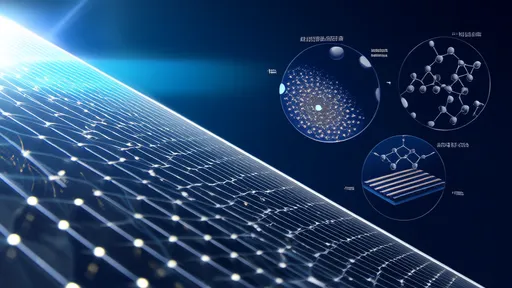
By / Jul 28, 2025
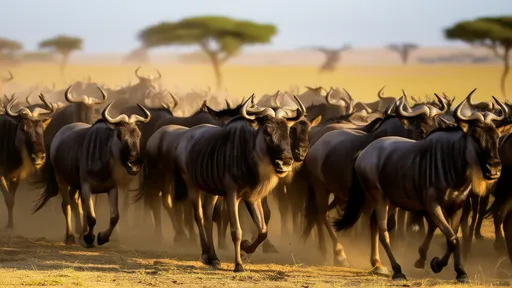
By / Aug 21, 2025
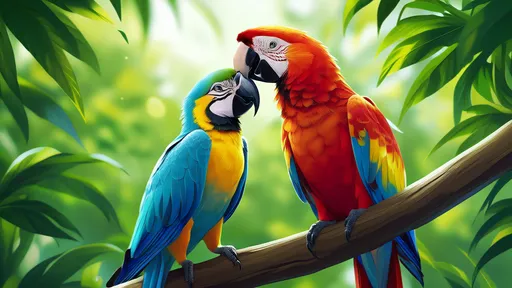
By / Aug 21, 2025
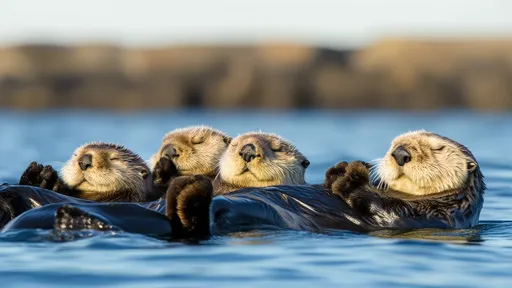
By / Aug 21, 2025
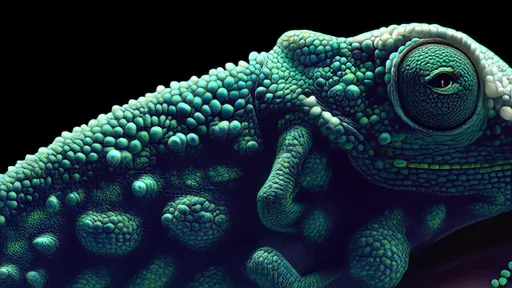
By / Aug 21, 2025

By / Aug 5, 2025
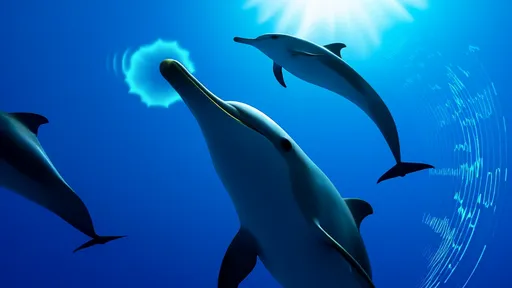
By / Aug 21, 2025
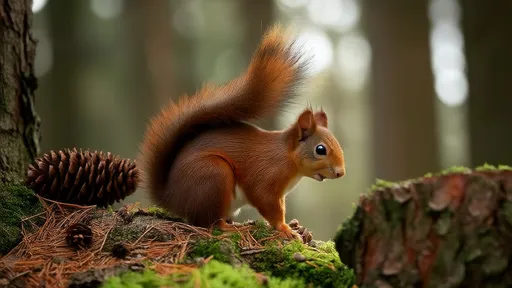
By / Aug 21, 2025
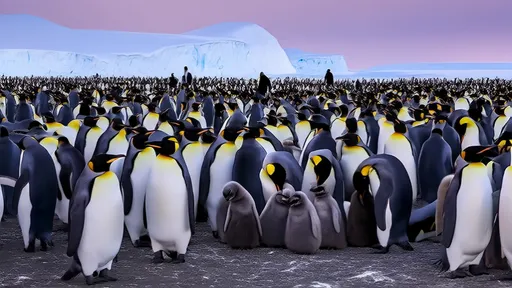
By / Aug 21, 2025

By / Aug 5, 2025
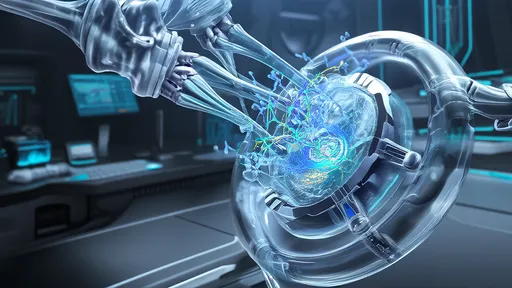
By / Jul 28, 2025

By / Aug 5, 2025
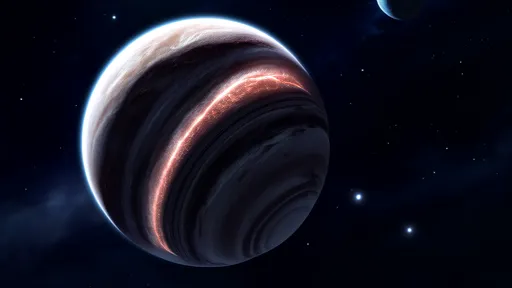
By / Aug 5, 2025

By / Jul 28, 2025
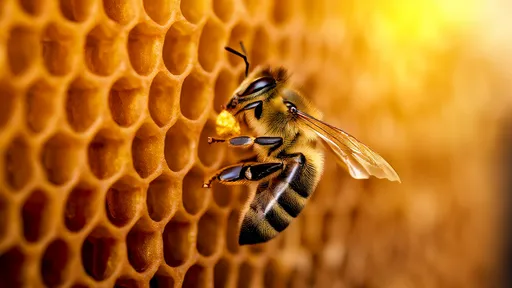
By / Aug 21, 2025
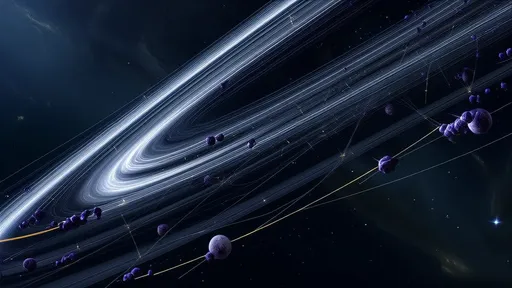
By / Aug 5, 2025
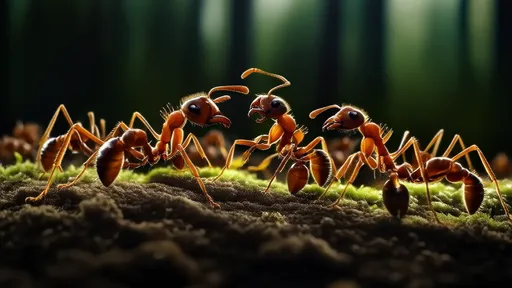
By / Aug 21, 2025

By / Aug 5, 2025
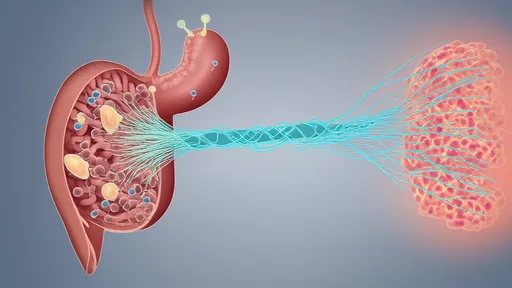
By / Jul 28, 2025
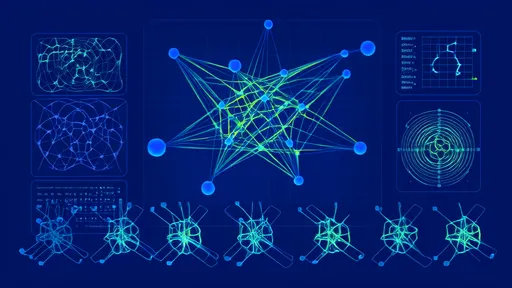
By / Jul 28, 2025
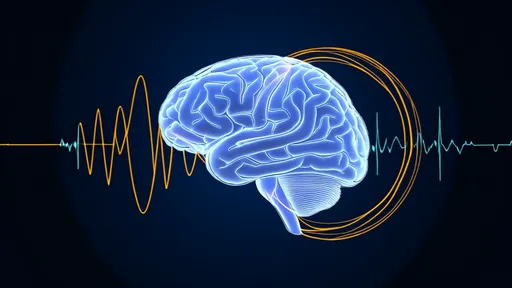
By / Aug 21, 2025